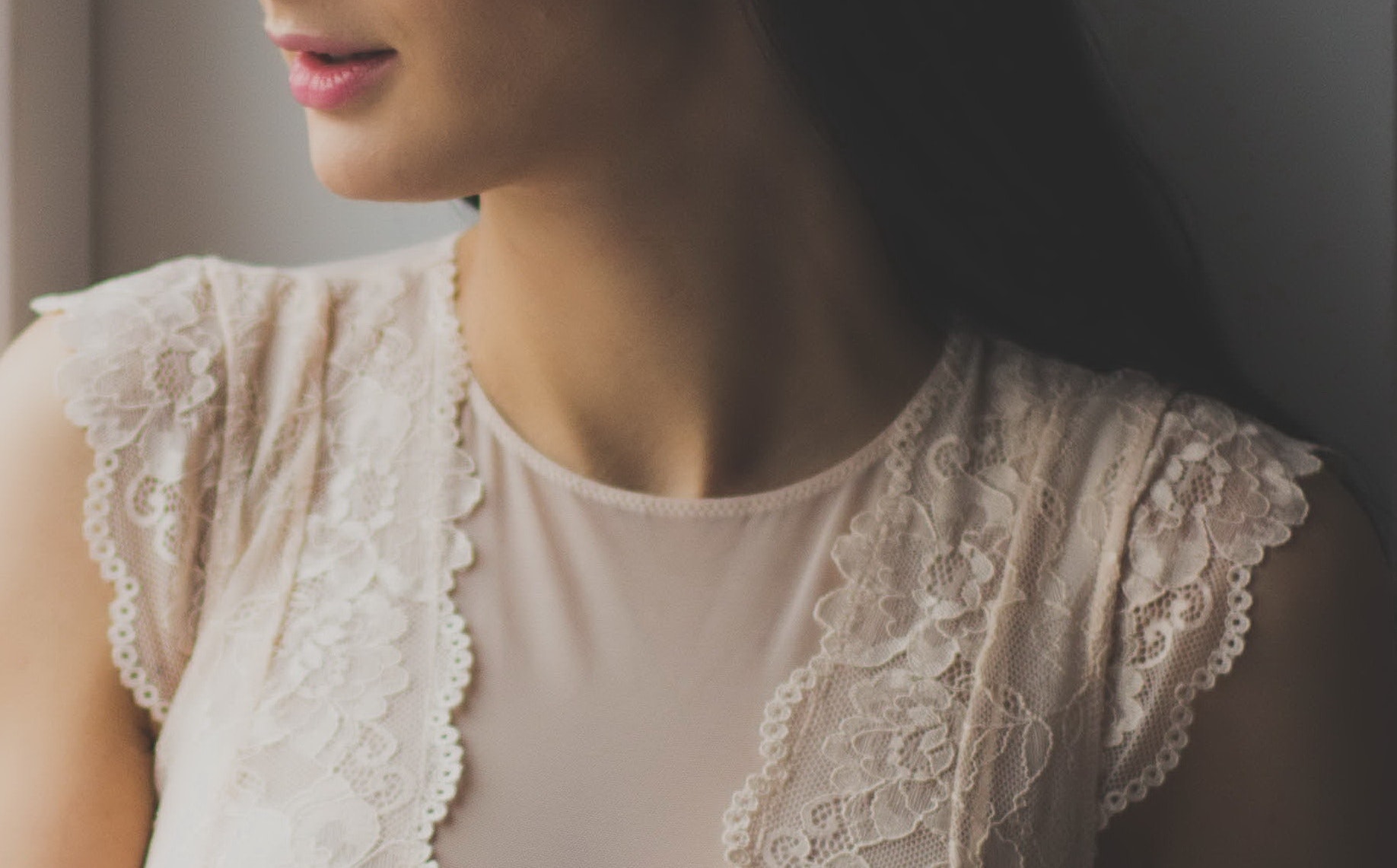
Lace must have
Ostania aktualizacja 27 lipca 2021
Lace must have
Lace is an extremely feminine material that has found application in the production of many wardrobe items, from underwear to outerwear. The most popular products sewn from lace include the mentioned underwear https://translate.googleusercontent.com/translate_c?depth=1&rurl=translate.google.pl&sl=pl&sp=nmt4&tl=en&u=https://www.atrakcyjna.pl/&xid=25657,15700021,15700186,15700191,15700256,15700259,15700262,15700265,15700271,15700283&usg=ALkJrhgAVWbb7WR51IpfaSdz9beTGDYSKw and dresses, which differ mainly in cut, cut, type of lace and color. They can add femininity, girlishness and sex appeal with their uniqueness. It’s harder for a more feminine product, apart from makeup products, perfumes and stilettos.
Lace characteristics and dress selection
Lace is a very graceful material that has many views. These materials differ in color, but also in the texture and elasticity of the material. These characteristics affect the choice of cut lace skirt , which will later be sewn from it. It is worth emphasizing that this is a unique material. It has a positive effect on femininity, but also sexiness of the lady wearing this type of dress. This is a product that is considered one of the most beautiful and unique materials available on the knitting market.
If you want to look good in a lace outfit, you need to consider some details. The first of them emphasizes that lace dresses look best without additional decorations (especially those used in too much). That is why many stylists advise to give up jewelery sequins, studs and shiny applications. These are elements that can overshadow the effect of the selected creation and divert attention from it. When choosing decorations, you should focus on minimalism and subtlety earrings or chains made of precious material, which is silver or made in natural colors.
Another valuable advice from fashion stylists is to be careful not to combine several different types of lace in one creation. This glamor will make the dress lose its appearance and adversely affect the appearance of a woman dressed in these things. It’s best to choose accessories from smooth and uniform materials for such a dress. Thanks to this, the selected creation will not be overwhelmed or lose its uniqueness. However, it should be emphasized that this is a translucent material. Therefore, many lace dresses are sewn in layers, which ensures adequate coverage of the body.
Makeup is another detail worth paying attention to. Just like when choosing accessories for a dress, jewelry and additional items of clothing, so in the case of makeup should put on the delicacy and natural look. Dresses made of lace look bad in combination with strong makeup or red lips, despite the fact that this type of creation is great for evening outings.
The choice of lace for a dress means that her cut should be simple and without unnecessary decorative elements such as puffy sleeves or excessive number of creases. The excess of material used for this type of elements in the creation causes that the material used loses its charm and the finesse it is looking for. That is why many fashion designers emphasize and propose the selection of smooth and uniform haberdashery products such as: shoes, handbag, belt, gloves or muff. The most neutral, extremely versatile color for small and large outputs is beige and its shades. Such a choice will be favorable with lace dress, but also with other creations made of various materials.
When to wear – lace dresses?
A dress made of lace can be worn by any woman, regardless of age, figure and size of clothes worn. However, if you want to look good in such a dress, you need to choose the right cut for yourself to properly shape your figure or hide unnecessary kilograms. The color and size of the used are also important. These elements are as important when choosing the right dress as its cut. In addition, a properly fitted dress makes a mature woman younger. A young girl can give character, seriousness and subtlety.
Lace dresses are the perfect choice, because they will work out during parties, cocktail parties, New Year’s or New Year’s parties and meetings, carnival parties, wedding outings as a guest or as a bride.
The most famous of all the dresses is the lace dress for the bride, which is dressed for the wedding ceremony both in the church and in the registry office. It is most often a creation in which a woman spends the entire evening: from marriage to dinner or wedding party. A unique moment in life makes it difficult to choose a more accurate lace for creation. There are a lot of types, and above all styles of wedding dresses. When choosing accessories while sewing or applying corrections to the selected creation, it’s important to remember about the measure. This remark applies to both light lace dresses and accessories for the bride including – bolero, veil, jewelry, hairstyle, makeup. The choice of lace for a wedding dress as the main material, or additional – is one of the most common choices that are made in wedding dress salons.